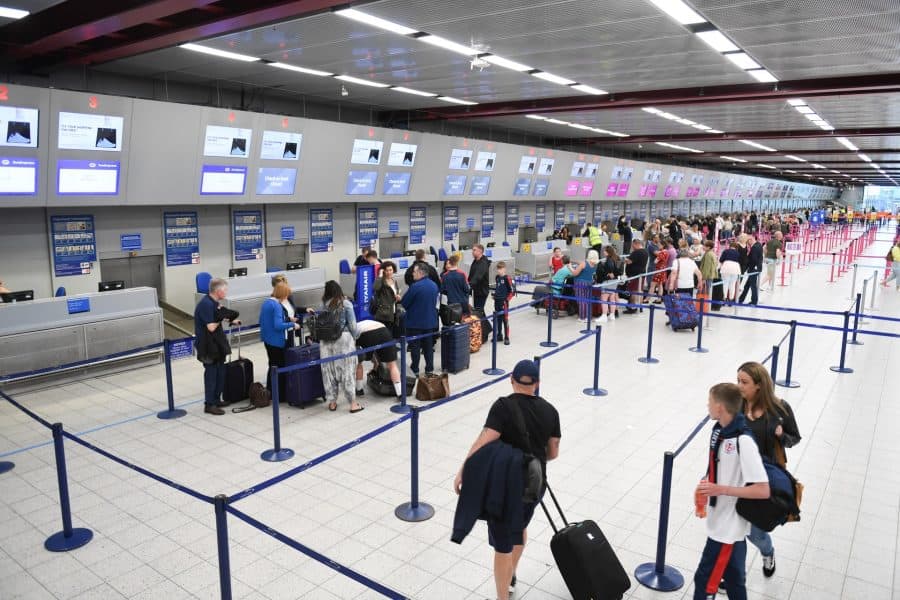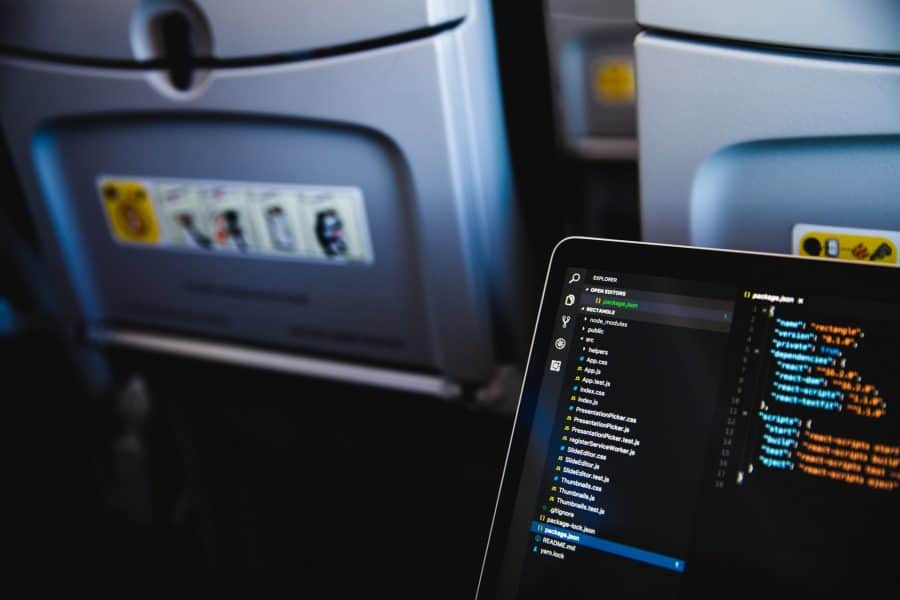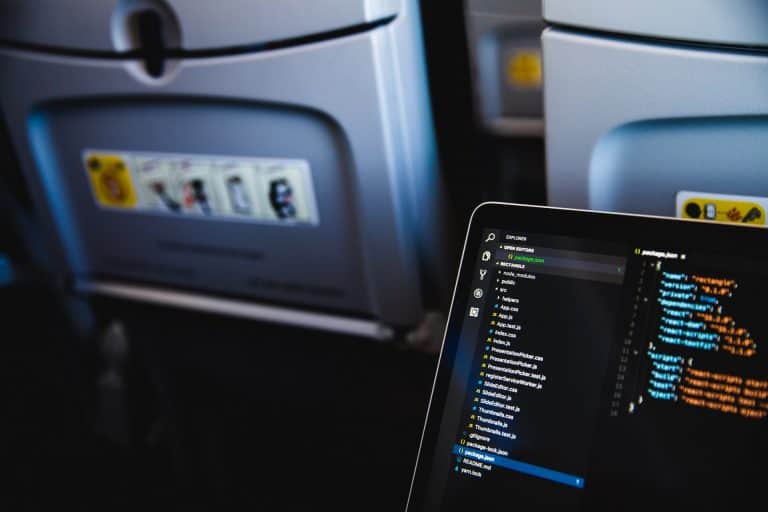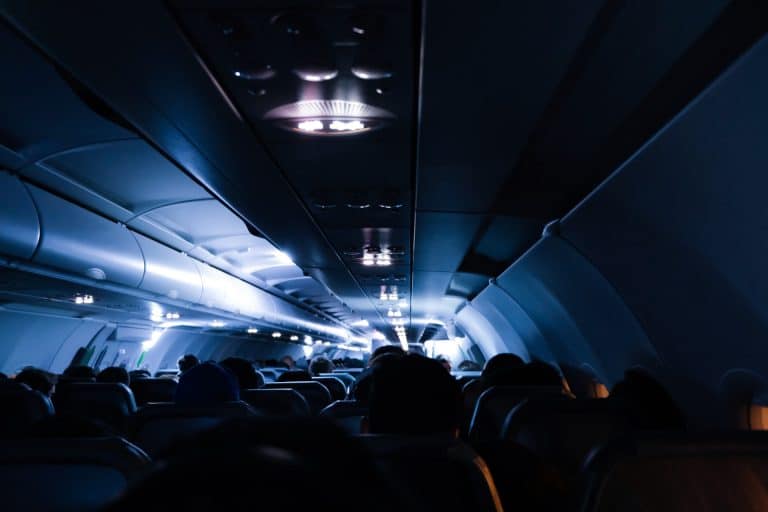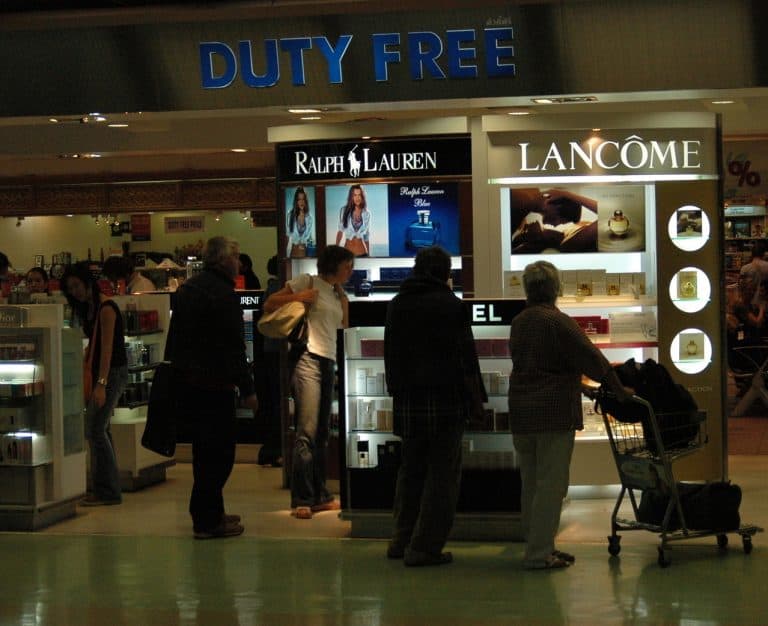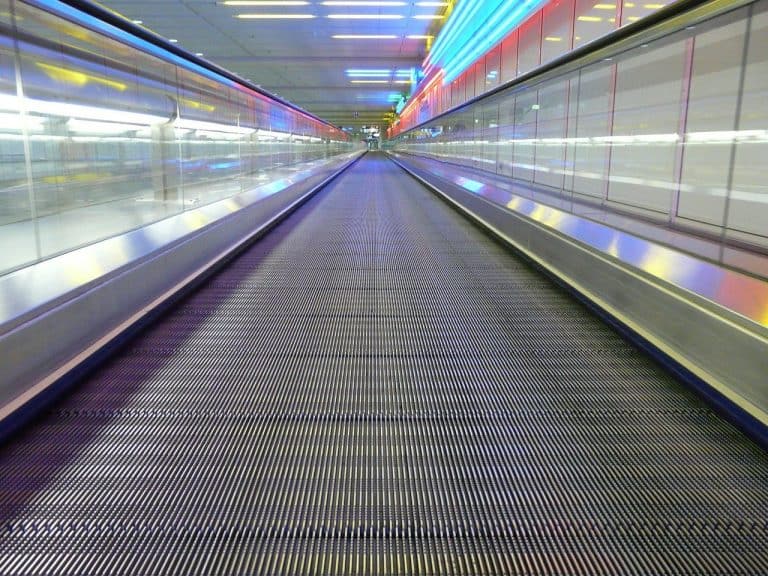Why Do Airlines Limit Baggage Weight?
Whether you have bought too many souvenirs or struggled to decide which outfits you’ll need, over-packing can result in hefty baggage fees when you arrive at the airport. But, can these charges be avoided?
Why are there restrictions on luggage?
There are three factors airlines consider when deciding on luggage restrictions:
? The shape of the luggage
? Size of the luggage
? Weight of the luggage
Particularly for carry-on luggage, the shape of your luggage is essential.
Luggage that people have carried on to the flight must be stowed away safely. This stops bags from flying around and slamming into the surrounding passengers during take-off and landing.
Carry-on bags are typically stored either in the overhead lockers or under the seat in front of you. Therefore, if the luggage is too big to fit in either then they will be free to move around the cabin.
However, checked bags do not have strict shape restrictions because they go into the aircraft hold (the large compartment on the side).
The compartment on the hold is massive meaning the shape of the luggage is rarely an issue. Passengers are thus restricted by the weight and size of their bags.
As ground crew staff handle the luggage to get them on and off the plane, it must be light enough for them to carry it safely.
Also, aircraft have a maximum weight that they can safely take off with, known as the Maximum Take-Off Weight (MTOW).
The heavier the aircraft, the longer the runway needs to be for the aircraft to get up to speed to take off. If the aircraft is too heavy then it will not take off at all!
The weight of the passengers, crew, and their carry-on luggage is mostly unknown.
They set the maximum weight on the luggage so that even if the passengers on board are unusually heavy, there is still enough of a buffer that the aircraft does not exceed the MTOW.
Above describes the baggage restrictions based on the aircraft restrictions, however, there are additional complications put on by the airport itself.
Getting your baggage from the check-in desk to the aircraft often requires a complex system of conveyor-belts, scanners, and vehicles. Therefore there may be additional restrictions on the size and shape of the luggage to manoeuvre the system without causing a blockage.
If you have unusually large luggage (such as skiing equipment) then fear not, as usually all this means is you will need to check your bags separately. There is often a special desk to get your large luggage where it needs to be (at an additional cost).
How heavy can your carry-on be?
Again it varies by airline but in theory, as heavy as you like!
It would be very unusual for an airline to weigh your carry-on luggage before boarding. Sometimes a weight restriction does exist (usually around 10kg) but would likely only be enforced if your bag was clearly over.
There are restrictions on the size of your carry-on luggage (as discussed above) naturally limiting how heavy it can be.
If you stay within your size limits and are strong enough to carry it around the airport and lift it into the overhead lockers, then you should be ok.
Although it’s probably best to check with the airline beforehand as you would get into a lot of trouble if you broke the overhead locker due to the weight or injured a passenger if you dropped it.
What is the maximum weight of checked luggage on planes?
The maximum weight of a single piece of checked luggage varies by airline.
As stated above, as the luggage is handled by staff, it must be light enough to lift safely all day long.
The?International Air Transport Association (IATA)?(which set the standards airlines should adhere to) suggest that they should not exceed 23kg (50.71 lbs) but could go up to a maximum of 32 kg (70.55 lbs).
It’s best to check your tickets and weigh your bags beforehand to avoid any additional stress once you reach the airport.
What happens if my checked bag is overweight? What are my options?

The first thing to remember is the airline staff are just doing their job (protecting the ground staff and the weight of the aircraft).
When the flight isn’t very busy or you have checked in early then they may allow you to put some of your belongings into a separate bag at no additional cost. This is at the airline’s discretion so it is not to be relied on.
If you are traveling with other people then the best option is to spread the load between you. Airports often have bag weighing scales so you can check if their bags are underweight and put some of your luggage in it.
Where sharing out the luggage isn’t possible, your options vary depending on how overweight your bag is.
If you are only slightly over, you could put that heavy coat you were hoping you won’t need on. Another option is to cram your pockets and hand luggage full of smaller items.
This would mean you would have to carry them around the airport and have them with you on the flight so it is only advised as a last resort.
You could also bin some of the stuff you don’t need. For security reasons, it’s probably best to avoid leaving strange packages around the airport so please bin responsibly.
The last and easiest option is to just pay the baggage fee. Yes, it is an avoidable expense, but will likely save you a lot of stress.
Am I allowed multiple checked bags?
This would depend on a few factors.
Low-cost carriers (like JetBlue, WestJet or Ryanair) will not give you any checked bag allowance unless you specifically pay for it.
This is how they make their flights affordable by charging passengers for extras. Also, they work on tighter schedules, so the less luggage the less time they spend loading and unloading which could be the difference between the flight being on time or late.
Long-haul flights or more up market airlines will usually give some checked bag allowance (between 1-3 bags).
If you are flying premium economy or business class then you will likely have a higher number of checked bags available than someone flying economy.
For those who have racked up airline miles, a common perk of being a higher tier is an additional checked bag on top of the usual allowance.
How to tell if your suitcase is overweight without a scale?
It is not advised you risk estimating the weight of your bag before checking in. It can be stressful enough flying without having to worry about the weight of your bag the whole time.
If you do not have access to any scale, then there are a couple of things you can do to estimate the weight of your bag.
A useful thing to know is 1 litre of water weighs 1kg. If your weight limit is 20kg, then you could measure out 20L of water and lift them both. If the bag is way lighter then you should be good to go.
On a similar note, you could estimate the capacity of the bag by measuring the base, width, and height of your luggage and multiplying them together (given your bag is somewhat rectangular).
If the volume is less than 100 liters, given you have nothing too dense in there and you are not packing them really tightly then most airlines should accept it.
Neither of these estimates is great so should only be used as a last resort. If you are unsure then you will have to pack light to avoid hefty fees at the airport.
What are the benefits of using an airline baggage calculator?
Most airlines offer an online service that calculates your baggage allowance.
Simply enter your flight details with other information such as your rewards membership status and it will automatically inform your baggage allowance.
This cuts out a lot of the guesswork (and stress) when deciding how much luggage you should take.
More from AirportNerd
The Complete Guide to Airplane Window Shade Etiquette
Picture this. You are sitting in the most undesired seat on the airplane, the middle…
Why Do Airlines and Airports Use 24-Hour Time?
The culprit of many missed flight connections: distinguishing between 12-hour and 24-hour clocks. While most…
Why Are Airports Named After U.S. presidents?
Donald Trump has been in the news for wanting to rename Palm Beach International Airport…
Why Do Laptops Get Special Attention at Airport Security?
?Shoes off, laptops out, liquids in zip lock bags, all in separate trays!? Frequent flyers…



